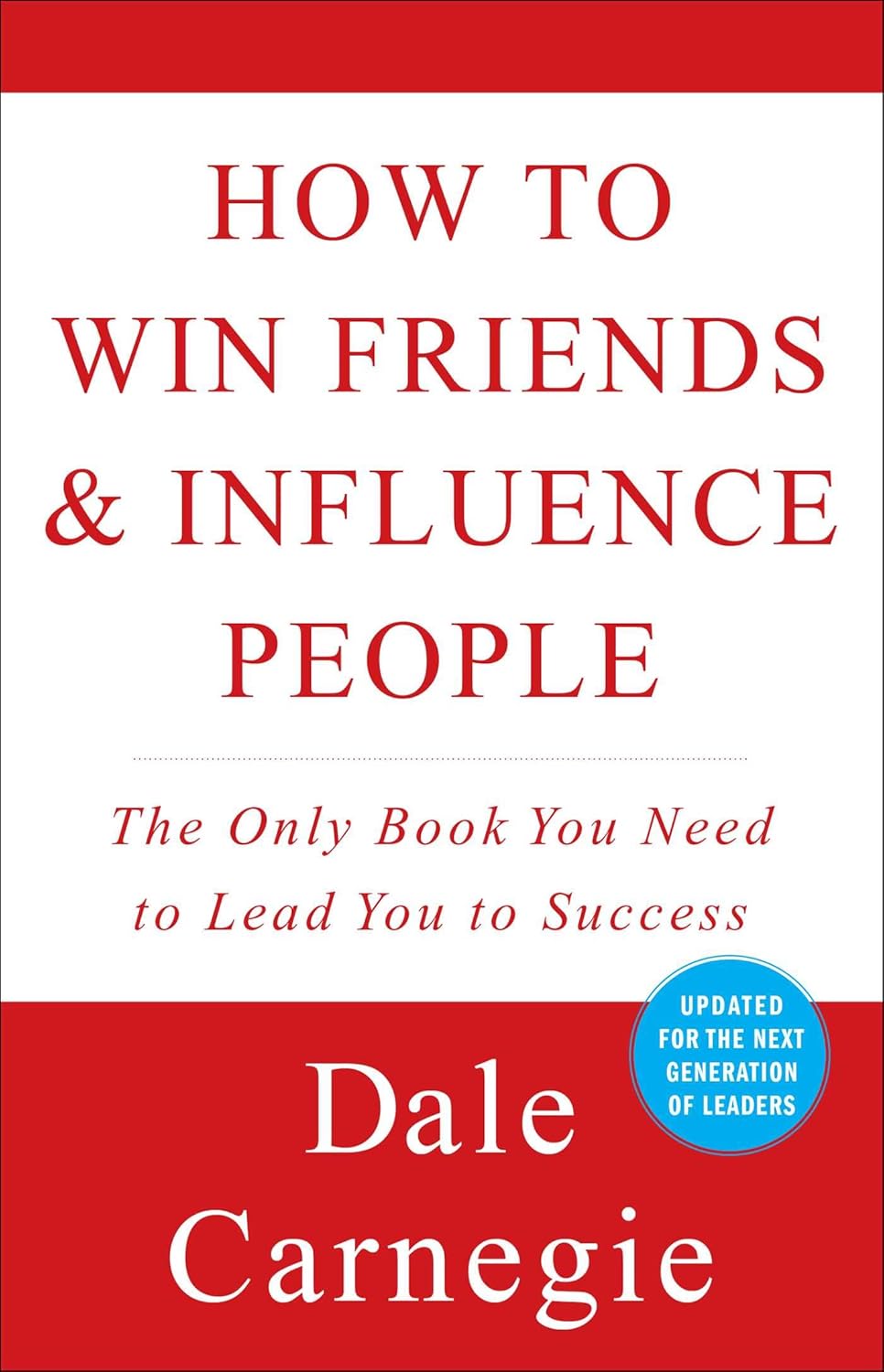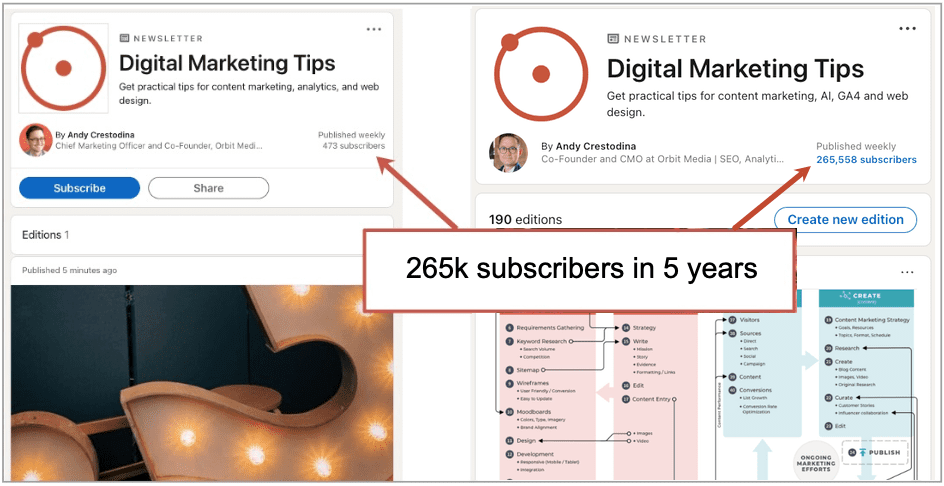How ‘Star Wars’ can save STEM education
In American culture, importance and attention are often misaligned. This disconnect is one of the greatest challenges we in the STEM world face. Too often, society’s most essential stories are drowned out by the drama of the moment—pushed aside by the next headline or fleeting scroll. Today’s media environment is a relentless battle for attention, which is why, when a cultural moment aligns with science, we must seize it. Elevate it. Share it. Right now, we have just such a moment: the discovery of a new exoplanet reminiscent of Luke Skywalker’s home world, the upcoming launch of Andor Season 2, and the arrival of May 4th—also known as National Star Wars Day (a decades-old pun: “May the Fourth be with you”). It’s a rare convergence of science fiction, astronomy, and pop culture. And it’s also an incredible opportunity—to spark imaginations, inspire curiosity, and mobilize the millions who believe in the importance of STEM (science, technology, engineering, and mathematics). Because here’s the truth: STEM needs new hooks. We cannot afford to be elitist or ignore the signals that culture is sending. Without making STEM accessible and engaging, we risk losing our competitive edge as a nation. Understanding how media and storytelling work is no longer optional—it’s a national imperative. The Coolness of the Coincidence Let’s start with the exoplanet discovery. Astronomers recently identified a planet orbiting a pair of young brown dwarf stars at an unusual 90-degree tilt—a real-world echo of Tatooine, Luke Skywalker’s fictional home with its iconic twin suns. As the site Phys.org put it: This is a “real-life twist” on a scene etched into the minds of Star Wars fans. Once again, life imitates art. Aspirational science fiction becomes inspirational science fact. And it couldn’t have come at a better time. The discovery coincides with the highly anticipated Andor Season 2 and culminates on May 4, Star Wars Day. What’s remarkable is that Star Wars Day didn’t start as a corporate promotion from Lucasfilm or Disney. It began organically, as a grassroots celebration that eventually gained support from the franchise itself. If fans can build a movement around Star Wars Day, imagine what we could do with National STEM Week. A bill is currently pending in Congress, and I’m working hard to help it pass. When Culture and the Classroom Work Together We all know the impact a great teacher can have. Scientists like Jocelyn Bell Burnell, Stephen Hawking, and Neil deGrasse Tyson were shaped by mentors who inspired their journeys. But the STEM education crisis is too deep to rely on classrooms alone. Can a nation thrive when only 38% of fourth graders and 22% of 12th graders are proficient in science? We need to activate every source of inspiration we can—and science fiction has a proven track record. Science Fiction: The Hidden Engine of Innovation The stories we love often shape the futures we build. For more than a century, science fiction has fueled real-world breakthroughs. Robert Goddard, father of modern rocketry, was inspired by Jules Verne’s From the Earth to the Moon. Leó Szilárd, who conceived the nuclear chain reaction, was influenced by H.G. Wells’s The World Set Free. Martin Cooper, the inventor of the first portable cellphone, credited Star Trek’s communicator as the spark that lit his imagination. And today, countless female scientists—highlighted by the Society of Women Engineers—cite Star Wars as a defining inspiration. Mobilizing the Public: A 360-degree Strategy In our fractured media landscape, no single message can create change alone. That’s why the movement for STEM must be multifaceted—spanning education policy, nonprofit engagement, corporate investment, and yes, pop culture moments like this one. Science fiction and fantasy account for up to 15% of adult fiction sales—about 120 million books. These fans already understand that today’s wild ideas often become tomorrow’s realities. They are an untapped STEM army. If we can rally this community—get sci-fi lovers to pressure leaders at every level to invest in STEM—we could empower a new generation of brilliant minds. Not only to discover the next exoplanets, but to find ways to reach them.

In American culture, importance and attention are often misaligned. This disconnect is one of the greatest challenges we in the STEM world face.
Too often, society’s most essential stories are drowned out by the drama of the moment—pushed aside by the next headline or fleeting scroll. Today’s media environment is a relentless battle for attention, which is why, when a cultural moment aligns with science, we must seize it. Elevate it. Share it.
Right now, we have just such a moment: the discovery of a new exoplanet reminiscent of Luke Skywalker’s home world, the upcoming launch of Andor Season 2, and the arrival of May 4th—also known as National Star Wars Day (a decades-old pun: “May the Fourth be with you”).
It’s a rare convergence of science fiction, astronomy, and pop culture. And it’s also an incredible opportunity—to spark imaginations, inspire curiosity, and mobilize the millions who believe in the importance of STEM (science, technology, engineering, and mathematics).
Because here’s the truth: STEM needs new hooks. We cannot afford to be elitist or ignore the signals that culture is sending. Without making STEM accessible and engaging, we risk losing our competitive edge as a nation. Understanding how media and storytelling work is no longer optional—it’s a national imperative.
The Coolness of the Coincidence
Let’s start with the exoplanet discovery. Astronomers recently identified a planet orbiting a pair of young brown dwarf stars at an unusual 90-degree tilt—a real-world echo of Tatooine, Luke Skywalker’s fictional home with its iconic twin suns. As the site Phys.org put it: This is a “real-life twist” on a scene etched into the minds of Star Wars fans.
Once again, life imitates art. Aspirational science fiction becomes inspirational science fact. And it couldn’t have come at a better time. The discovery coincides with the highly anticipated Andor Season 2 and culminates on May 4, Star Wars Day.
What’s remarkable is that Star Wars Day didn’t start as a corporate promotion from Lucasfilm or Disney. It began organically, as a grassroots celebration that eventually gained support from the franchise itself.
If fans can build a movement around Star Wars Day, imagine what we could do with National STEM Week. A bill is currently pending in Congress, and I’m working hard to help it pass.
When Culture and the Classroom Work Together
We all know the impact a great teacher can have. Scientists like Jocelyn Bell Burnell, Stephen Hawking, and Neil deGrasse Tyson were shaped by mentors who inspired their journeys.
But the STEM education crisis is too deep to rely on classrooms alone. Can a nation thrive when only 38% of fourth graders and 22% of 12th graders are proficient in science?
We need to activate every source of inspiration we can—and science fiction has a proven track record.
Science Fiction: The Hidden Engine of Innovation
The stories we love often shape the futures we build. For more than a century, science fiction has fueled real-world breakthroughs.
- Robert Goddard, father of modern rocketry, was inspired by Jules Verne’s From the Earth to the Moon.
- Leó Szilárd, who conceived the nuclear chain reaction, was influenced by H.G. Wells’s The World Set Free.
- Martin Cooper, the inventor of the first portable cellphone, credited Star Trek’s communicator as the spark that lit his imagination.
And today, countless female scientists—highlighted by the Society of Women Engineers—cite Star Wars as a defining inspiration.
Mobilizing the Public: A 360-degree Strategy
In our fractured media landscape, no single message can create change alone. That’s why the movement for STEM must be multifaceted—spanning education policy, nonprofit engagement, corporate investment, and yes, pop culture moments like this one.
Science fiction and fantasy account for up to 15% of adult fiction sales—about 120 million books. These fans already understand that today’s wild ideas often become tomorrow’s realities. They are an untapped STEM army.
If we can rally this community—get sci-fi lovers to pressure leaders at every level to invest in STEM—we could empower a new generation of brilliant minds. Not only to discover the next exoplanets, but to find ways to reach them.



















































































































































